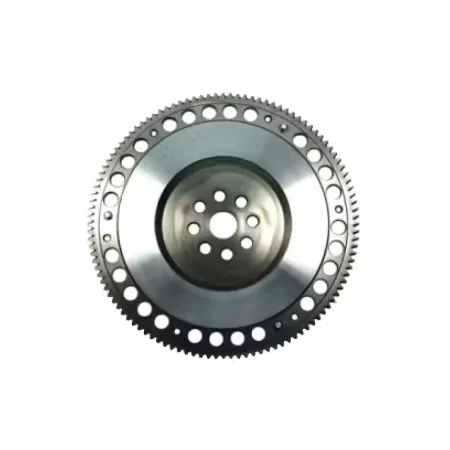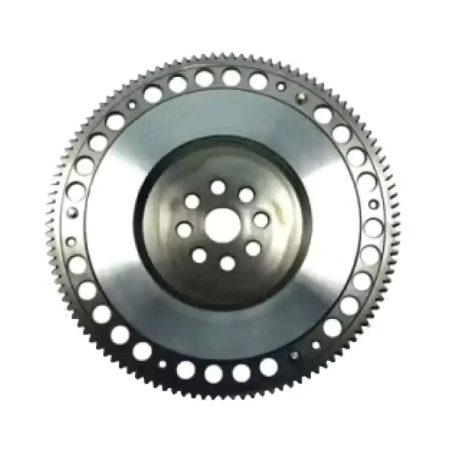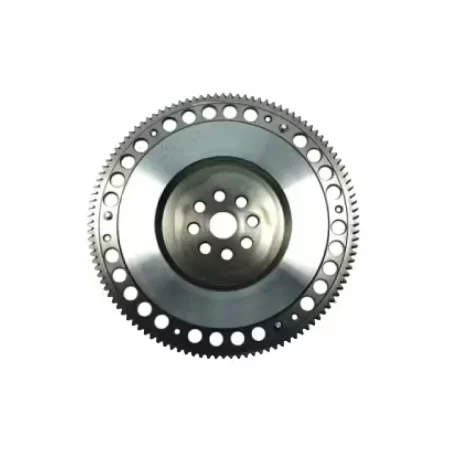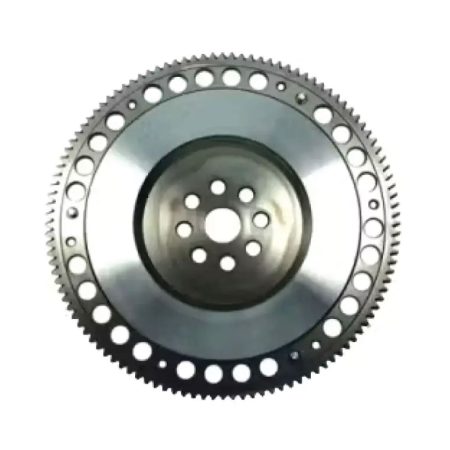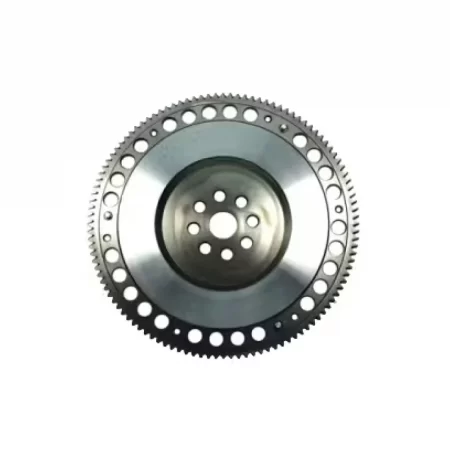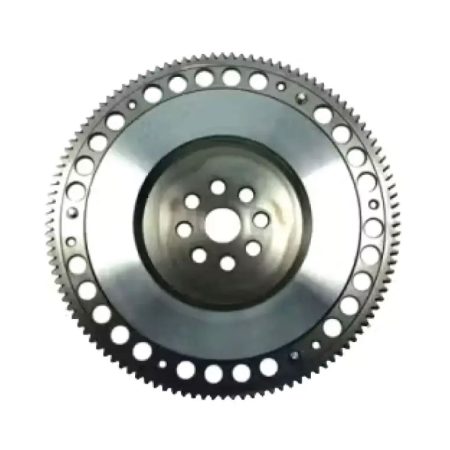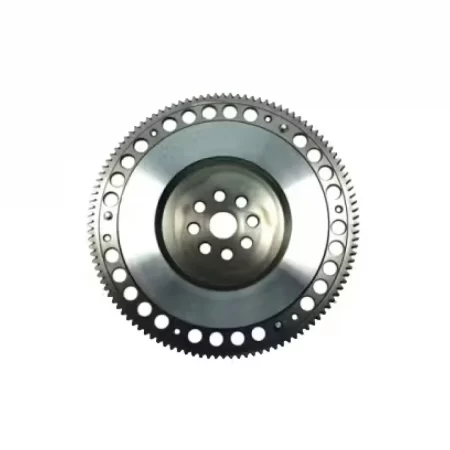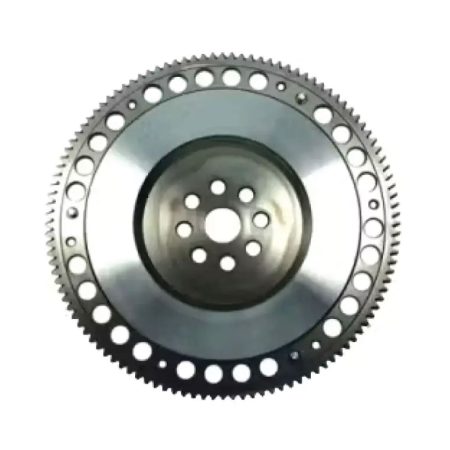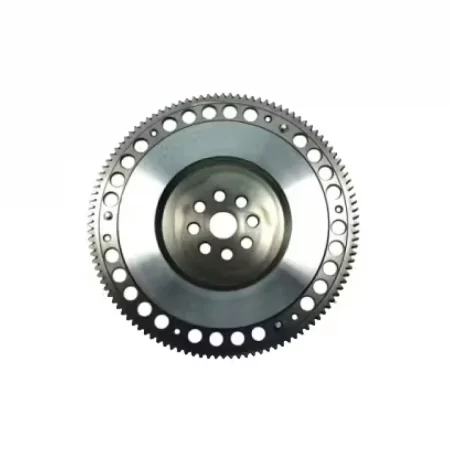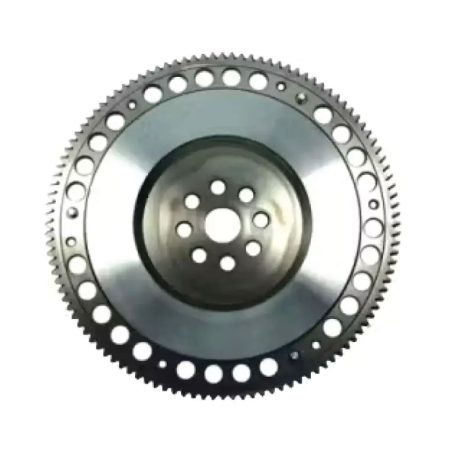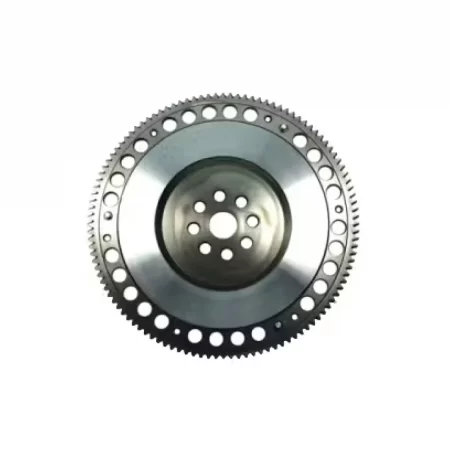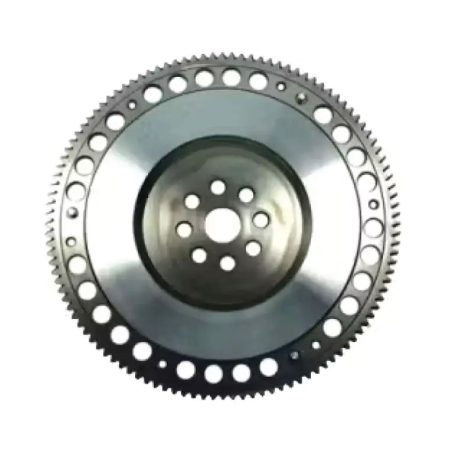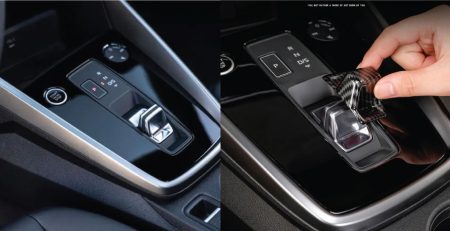The Definition Of A Chromoly Flywheel
What is a lightweight flywheel to begin with? Lightweight flywheels combine low weight, low inertia and high thermal performance. They are designed for light to moderately tuned racing cars for drag racing, auto crossing and rallying events, and street use. Something you’re probably into if you love cars! They are made of chromoly steel or Chromoly steel forging solid one-piece billet. Basically, lightweight flywheels are designed specifically to reduce weight and inertia in order to improve engine response.
Most incorporate special design features to enhance the airflow which improves the cooling of the clutch. The ring gear teeth are integrated onto the flywheel, unlike an aluminum flywheel where the ring gear is pressed onto the flywheel and has the possibility of separating from the flywheel due to the different expansion coefficients of aluminum and steel. A Chromoly flywheel may be more expensive vs. an aluminum version, but they’re tougher and lighter than them! It causes the revs to spin faster but also drop faster too.

Chromoly Flywheel Vs. Aluminum Flywheel
Light, solid replacements for vehicles equipped with OE dual mass flywheels are newly available. Lightweight Flywheels are made from Chromoly steel forged or billet. What does Chromoly mean when it comes to a Lightweight Flywheel? Chromoly is an abbreviation for “chromium-molybdenum steel” because it includes chromium and molybdenum in alloy elements. Thanks to this combination of materials, Chromoly has an excellent strength to weight ratio and is considerably stronger yet harder than standard 1020 steel or other aluminum flywheels on the market.
The Truth Behind Chromoly Flywheels
You’re probably asking yourself just like anyone else who knows about the myth, does it lose torque like how some people debate-ably say? The answer is NO! This sensation of “false torque” tricks human perception into thinking that the car has more power when the torque measurement of such a style of engagement shows that the “false torque” jump up is immediately followed by a subnormal torque dip, as the heavy flywheel requires more energy to accelerate than the alternative of lightweight. Why? Because a flywheel is an energy storage device by its very nature. It is intended to either absorb excess energy from the engine or, if an imperfect rpm vs. gear/wheel speed clutch engagement occurs, to average the energy in the transmission.
I can go on but to keep it simple, below is an example of this is quite clear in a dyno graph. This section shows a torque curve, specifically the initial clutch engagement at 2000rpm and up to 3500rpm.
Now That I Know The Facts, Benefits & Truth; Where Can I Purchase One?
I’m glad you asked! Not only do we blog to inform people on auto parts and what not, but we sell them too! We offer affordable prices and free shipping on our high quality products such as flywheels. Below, is the link to our category of flywheels. We have a vast amount!
Buy Now!!!!
I Bought A Lightweight Flywheel But I Don’t Want To Go To A Mechanic For Installation, How To I Do It Myself?
Good question! In the new age, some to most people prefer visual instructions vs. manual instructions. Below, is a YouTube video showing you step by step on how to easily install a Lightweight Flywheel! (Credit: Refine Movement)


